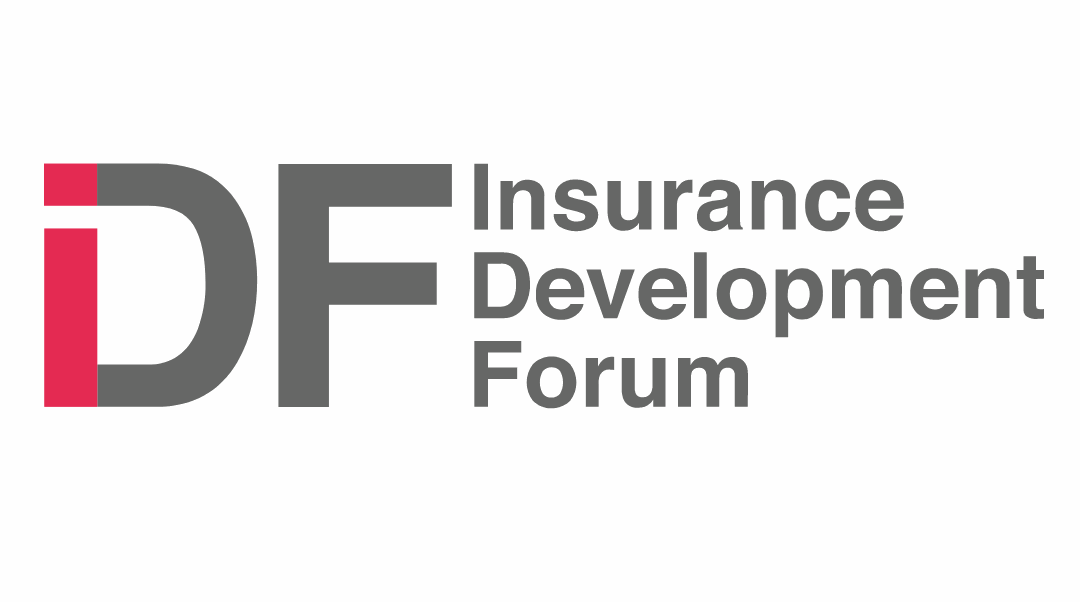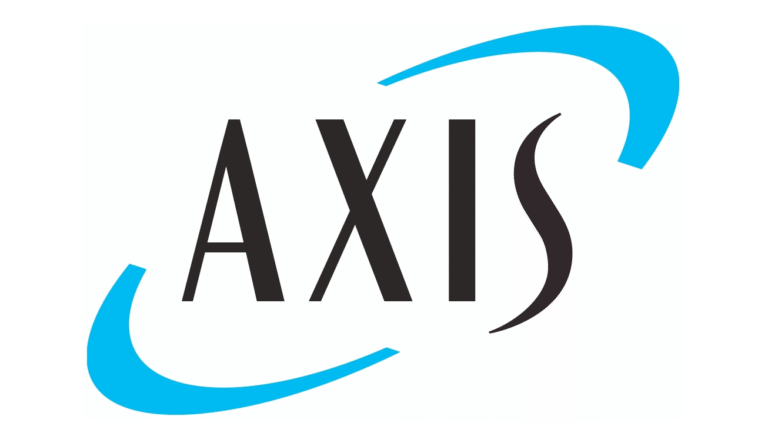
Saoirse Jones of Zurich Insurance and Mathieu Verougstraete of the United Nations Office for Disaster Risk Reduction (UNDRR), both Co-Chairs of the Insurance Development Forum’s Disaster Risk Reduction Working Group, are calling on governments, investors, and insurers to shift the global approach from reacting to disasters to actively preventing them.

United Nations estimates put direct economic losses at over 200 billion US dollars annually, while the broader impact, including disrupted livelihoods, rising public debt, and slowed development, reaches closer to 2.3 trillion.
Jones and Verougstraete argue that this trajectory can be altered if investment prioritises resilience, making the case that the future of insurability depends on funding measures that prevent and reduce disaster risks rather than paying for the consequences after they occur.
For the IDF, disaster risk reduction (DRR) is not just a humanitarian or environmental issue, it is central to the future of the insurance industry itself.
Without sustained investment in prevention, the growing frequency and severity of disasters will make insurance unaffordable or unavailable for many. They argue that DRR is the foundation of insurability: by reducing exposure and vulnerability, it allows insurance systems to remain viable and capable of supporting economic stability.
Through the IDF’s Disaster Risk Reduction Working Group, Jones and Verougstraete are leading efforts to transform how risk is managed globally.
One of their flagship projects, the Infrastructure Resilience Development Fund, is designed to mobilise insurance sector investment into resilient infrastructure in developing and emerging economies.
The fund creates a bridge between capital and projects that strengthen communities against climate and natural hazard risks, and its first close marks a major step toward implementing real-world solutions.
Their work also includes the IDF–Asian Development Bank Insurable Infrastructure Initiative, which focuses on improving infrastructure resilience and insurability in the Pacific region.
According to the IDF, this collaboration provides risk assessment tools, scenario planning for hazards such as tropical cyclones, and tailored advice for governments and development banks on creating infrastructure projects that are both bankable and insurable.
Jones and Verougstraete are also encouraging insurers to embed disaster risk reduction directly into their products and business models.
Within the IDF, they have supported the creation of practical mechanisms for insurers to incentivise and reward resilience—such as through risk-based pricing, coverage conditions, and investment in risk prevention. The IDF’s Resilience Hub enables members to share good practices and translate these principles into commercial reality.
A further priority for the authors is expanding access to risk data and technical expertise. IDF members regularly provide guidance to governments on risk-informed land use, resilient construction standards, and infrastructure planning.
These efforts help countries address vulnerabilities before disasters occur. In April 2025, the IDF Risk Modelling Steering Group launched new open-access tools that make disaster data more transparent and allow governments to identify where investments in resilience will have the greatest impact.
The IDF also recognise the importance of strong policy and regulatory environments that reward risk reduction. Through the Law, Regulation and Resilience Policies Working Group, the IDF contributes to shaping frameworks that expand what can be insured.
This includes targeted input into global initiatives such as the IAIS–World Bank paper for the G20 Sustainable Finance Working Group, which supports resilience-focused financial policy.
The IDF stress that now is the time for decisive action. Governments must increase budget allocations for disaster risk reduction—currently less than one percent on average—and international donors must scale up funding for resilience. Every investment, whether public or private, should be risk-informed, guided by sound data, and aligned with climate adaptation strategies.
For the IDF, the case for resilience is also an economic one. Every dollar invested in preparedness saves at least four dollars in avoided losses. Stronger infrastructure, safer zoning, and risk-informed design protect people, stabilise economies, and ensure that insurance remains affordable and accessible.
Their leadership of the IDF’s Disaster Risk Reduction Working Group reflects a shared belief that risk reduction should complement protection gap solutions and strengthen the resilience of vulnerable communities.
This vision is further developed in the Bridgetown Initiative and IDF joint paper (2025), From Risk to Resilience: A Call to Action for Disaster Risk Reduction and Finance, which urges governments and private investors to integrate risk reduction into all development spending and to expand public–private collaboration to sustain global insurability.
As Jones and Verougstraete observe, the Insurance Development Forum has become a trusted partner to nearly 120 organisations worldwide, helping to shape a future in which risk is managed, not feared.
Their message is clear: resilience is not a cost, it is an investment in stability, security, and sustainable development. By funding resilience instead of disasters, societies can protect lives, preserve economies, and ensure that the ability to insure against risk endures for generations to come.





